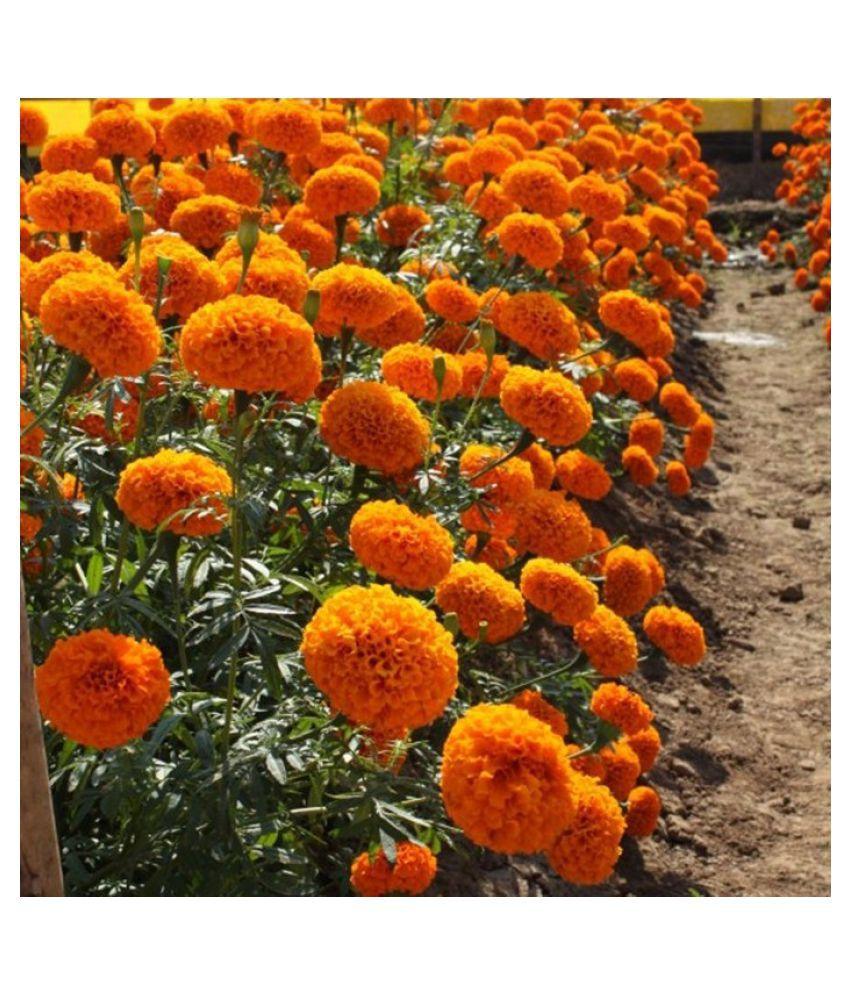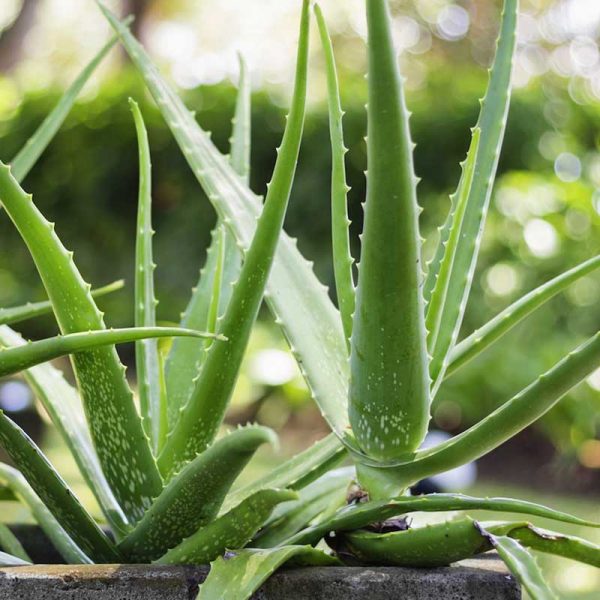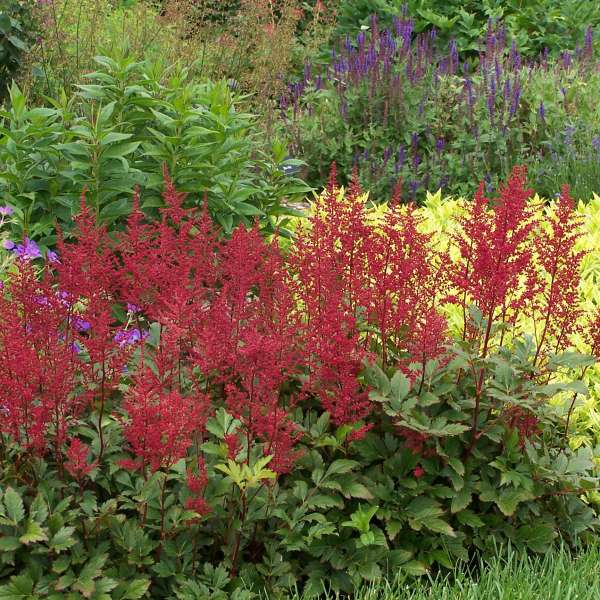Estimated Reading Time: 8 minutes Plant Type: Annual Timeline: Planting: Spring; Flowering: Summer to Fall; Lifespan: One growing season Local Name: Marigold (common) Popular Name: Marygold, Pot Marigold, Aztec Marigold Common Name in India: Genda Interesting Fact: Marigolds are believed to repel pests like nematodes and mosquitoes.
Marigolds, with their vibrant hues and cheerful demeanor, are beloved garden staples. These easy-to-grow annuals offer a plethora of benefits, from ornamental beauty to culinary and medicinal uses.
Plant Selection
When choosing marigold varieties, consider factors such as flower color, plant height, and growth habit. Popular options include African marigolds (Tagetes erecta) for taller plants with large blooms and French marigolds (Tagetes patula) for compact plants with abundant flowers.
Specific Tools for Planting
To successfully cultivate marigolds, you’ll need the following tools:
- Garden trowel
- Watering can
- Seed starting trays (for starting seeds indoors)
- Seedling pots
- Gardening gloves
Site Preparation
Marigolds thrive in well-drained soil with ample sunlight. Prepare the planting area by removing weeds and loosening the soil to a depth of about 6 inches. Incorporate compost or aged manure to enrich the soil.
Planting Process
Marigolds can be started from seeds indoors or directly sown into the garden after the last frost.
- Direct sowing: Plant seeds about 1/4 inch deep and space them about 6-12 inches apart.
- Starting indoors: Sow seeds in seed starting trays filled with seed starting mix. Once seedlings have developed two sets of true leaves, transplant them outdoors.
Propagation
Marigolds can be propagated through seed saving. Allow some flowers to go to seed and collect the seeds once they are dry. Store the seeds in a cool, dry place until the following spring.
Post-Planting Care
Marigolds are relatively low-maintenance. Consistent watering, especially during dry periods, is essential. Fertilize monthly with a balanced liquid fertilizer for continuous blooming. Deadheading spent flowers will encourage new blooms.
Specific Plant Care Requirements
- Pests and diseases: Marigolds are generally resistant to pests and diseases, but watch for aphids and powdery mildew.
- Soil: Well-drained soil is crucial for preventing root rot.
- Light: Marigolds require at least six hours of sunlight daily for optimal growth and flowering.
Culinary and Medicinal Usage
Marigold petals are edible and can be used to add color and flavor to salads, soups, and rice dishes. They can also be infused in oil for culinary purposes. Traditionally, marigolds have been used in herbal remedies for skin ailments and as an anti-inflammatory agent.
Marigolds are a versatile and rewarding plant to cultivate. Their vibrant blooms, easy care, and multiple uses make them a popular choice for gardens of all sizes. Enjoy the beauty and benefits of these sunny flowers!





